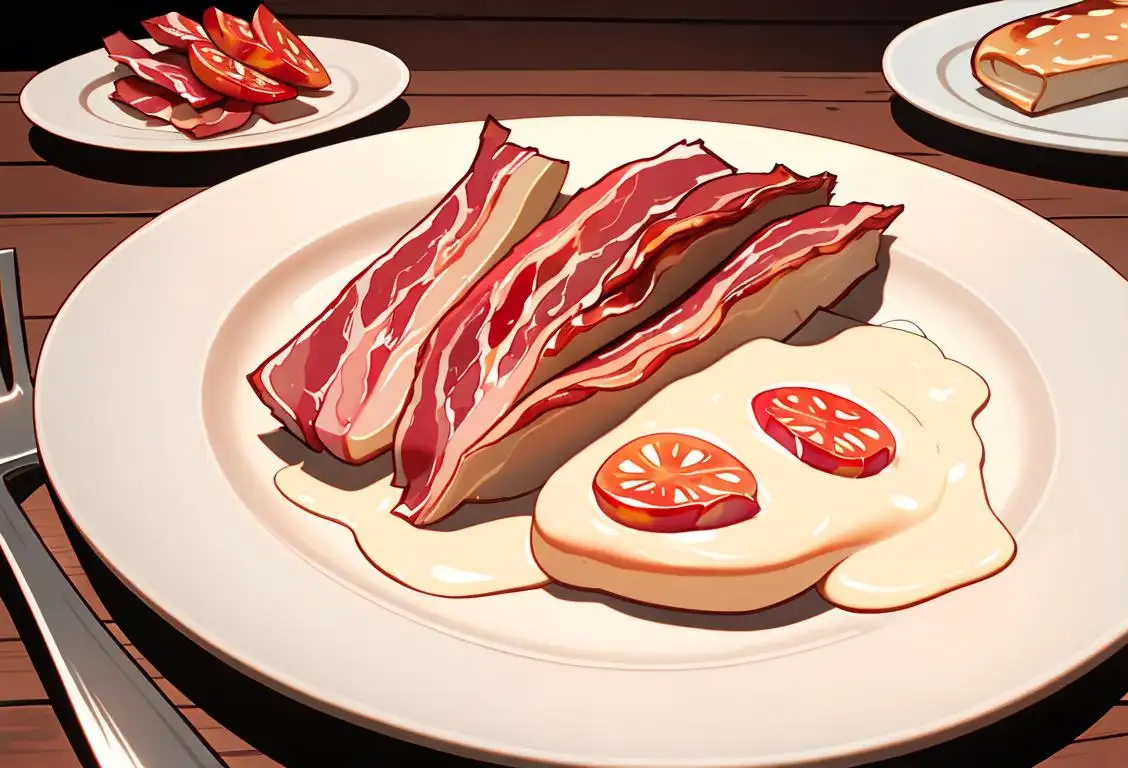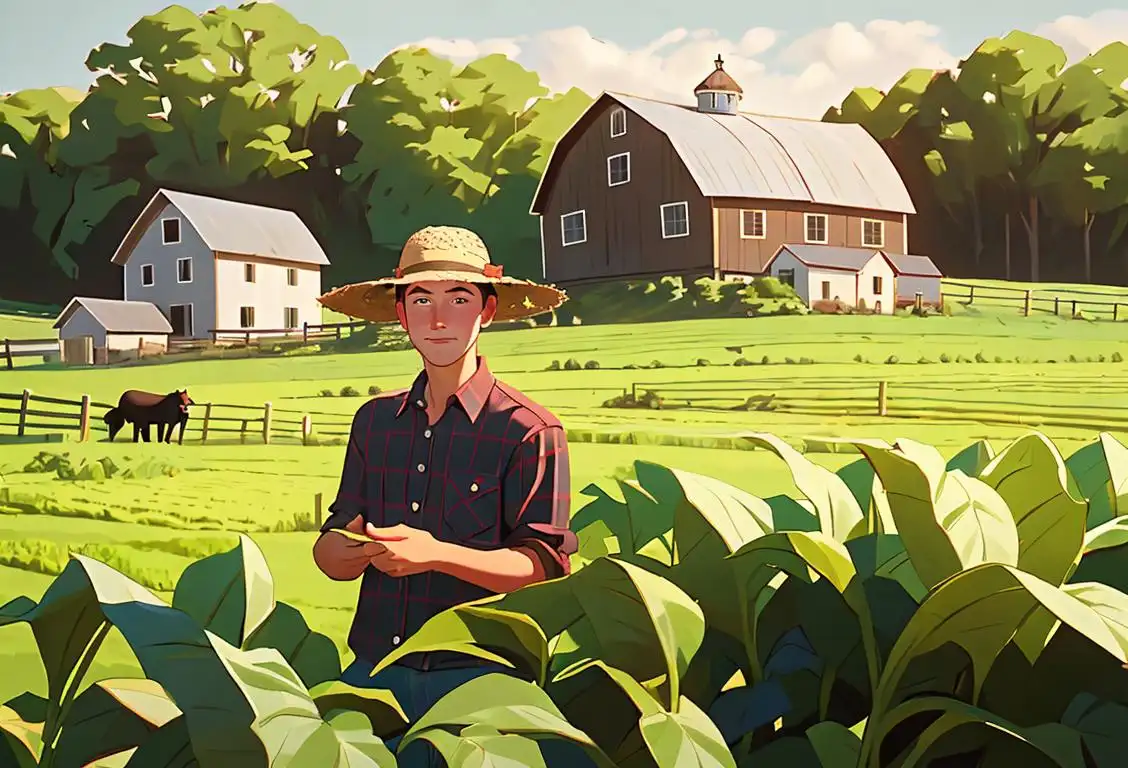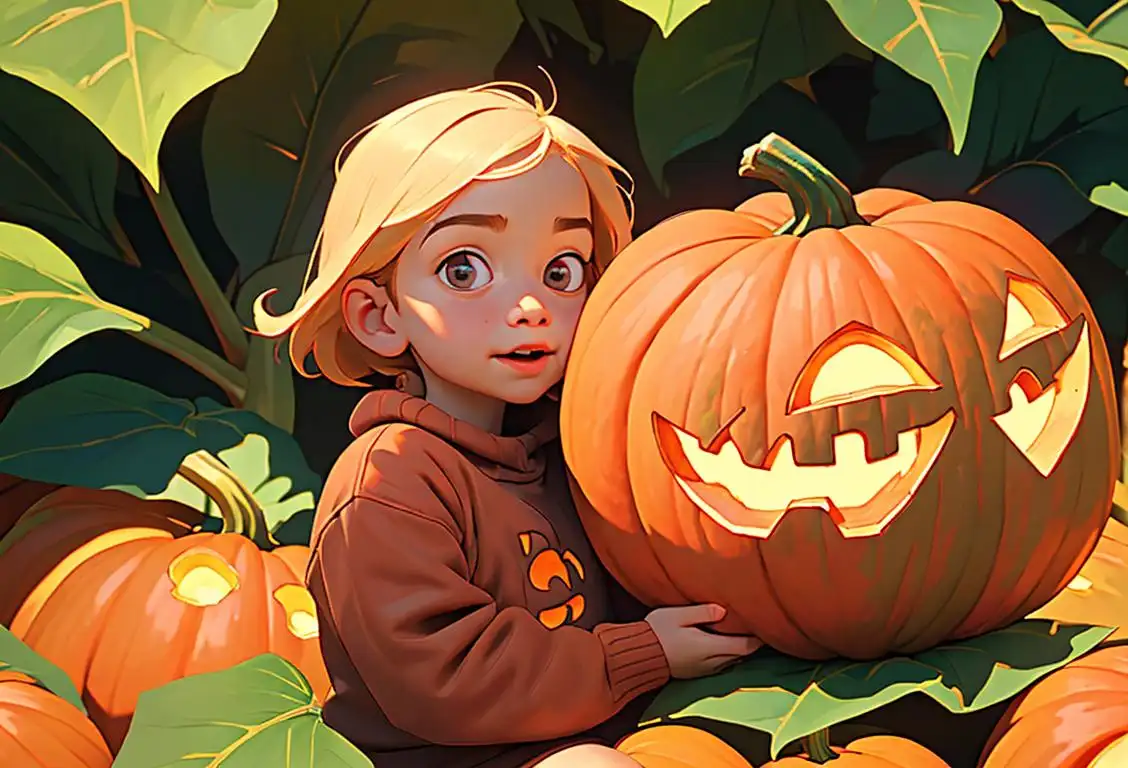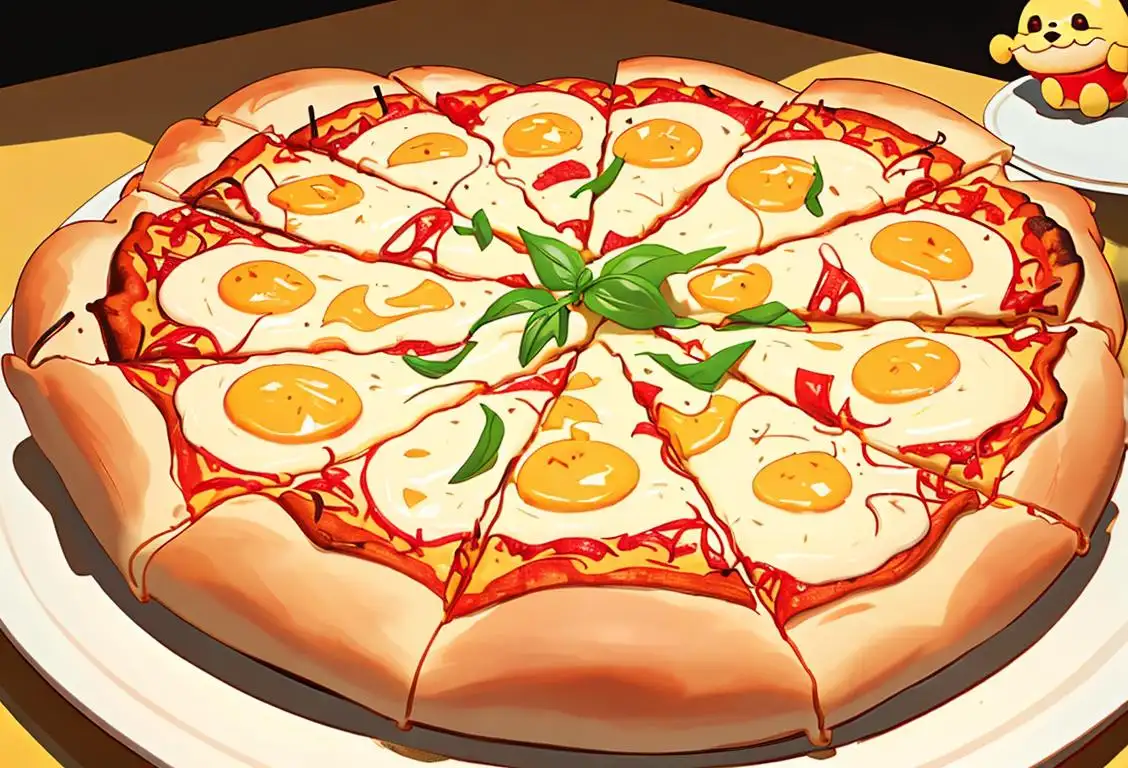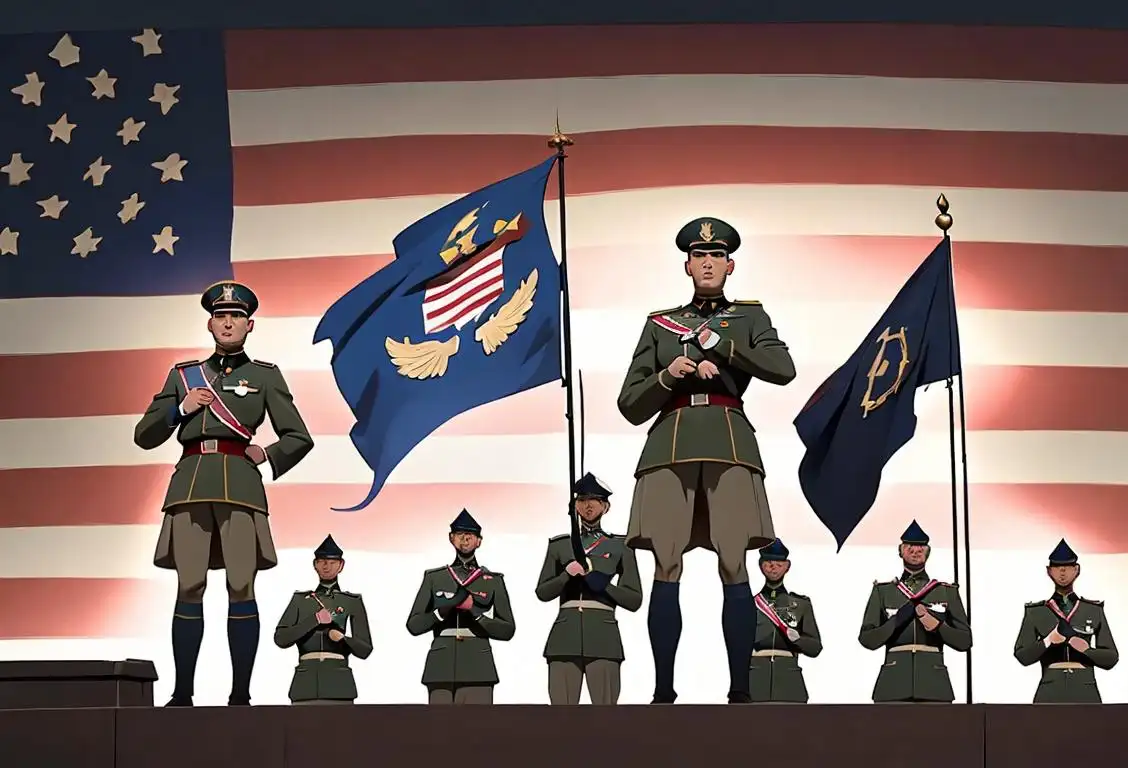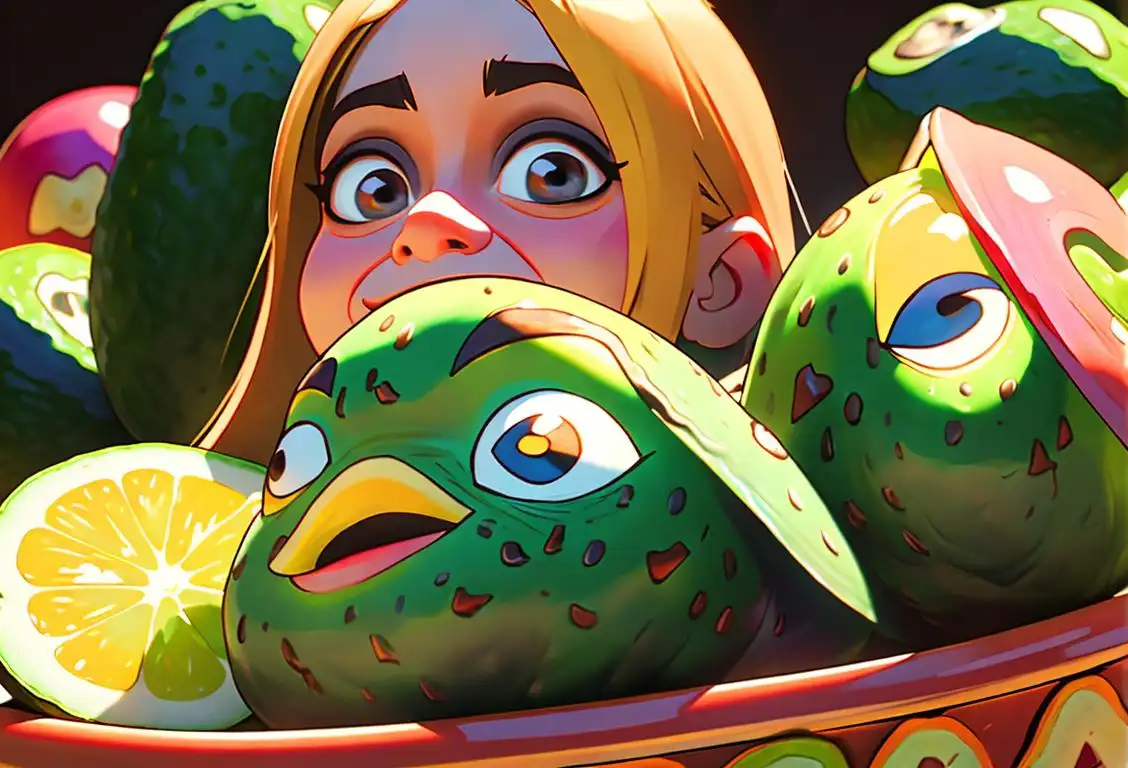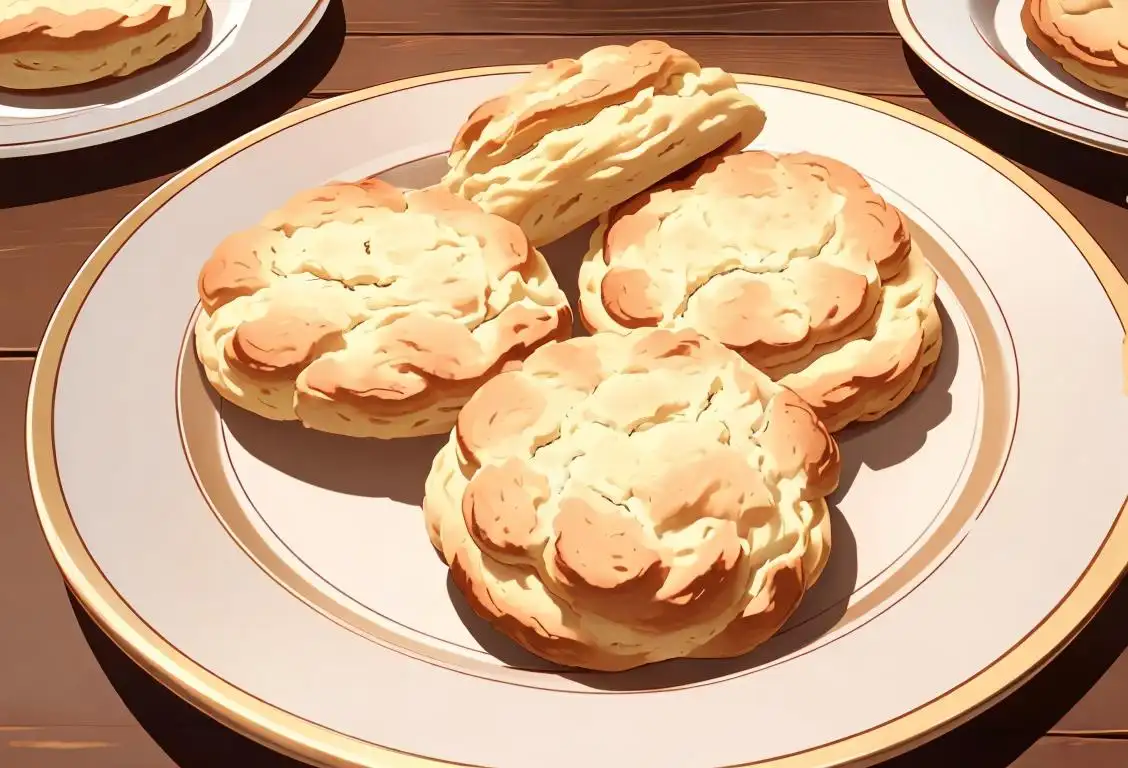National Macaroon Day
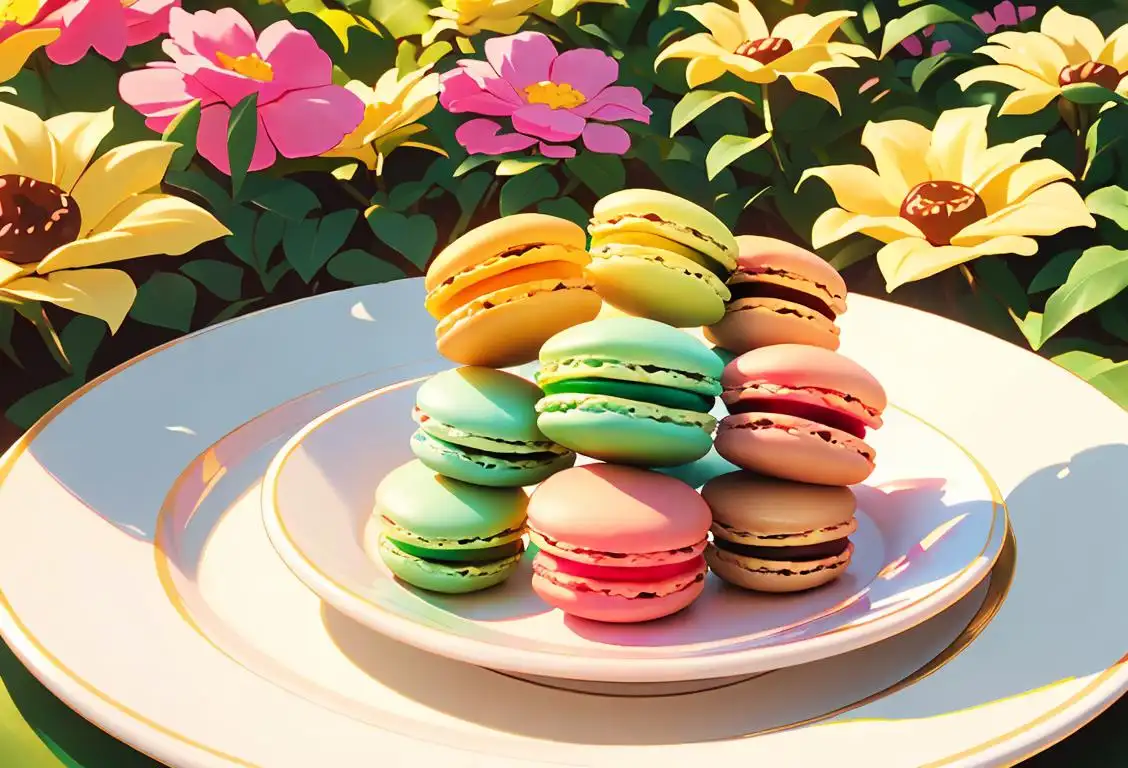
The story of National Macaroon Day is as sweet as the delicacy it celebrates. On May 31, Internet users knead their keyboards, dust off their mixing bowls, and indulge in these crumbly meringue-based treats, which are not to be confused with the more colorful French macarons, oh no! It seems that the love for this coconutty cookie is as enduring as your grandma's recipe, which makes this digital oven just a little bit sweeter.
When is Macaroon Day?
It's national macaroon day on the 31st May.
A Sweet Spot in the History of National Days
Looking at the data, our website has traced a rising tide of cookie-themed keyboard strokes peaking on 31 May 2015 with an astounding 2873 mentions of National Macaroon Day. That's a lot of virtual crunch, folks! This day has been celebrated enthusiastically by macaroon lovers, gaining more and more traction with each passing year.
The True Origins – The Proof is in the Dough
The exact origin of the day is as elusive as getting those darn macaroons just right. The start of the love for this sweet treat can be traced back to Italy, where they were first made by monks in the 8th or 9th century. Their popularity grew, and soon they were beloved in bakeries throughout Europe.
Our Digital Bake Sale
With the advent of the Internet and social media, we are able to stir up a virtual celebration every May 31, igniting a wave of macaroon appreciation far and wide. A quick search shows a plethora of blogs, Instagram posts, and Pinterest boards dedicated to perfecting and sharing this classic treat. It’s a perfect day to try your hand at making these delightful cookies at your home.
How to Celebrate
Join the celebration by rolling up your sleeves and baking a batch of macaroons for your loved ones or how about hosting virtual bake-offs with friends? Don't forget to share your creation (or confectionery disasters, we don't judge) on social media using the tags #NationalMacaroonDay or #CrunchyMacaroons.
History behind the term 'Macaroon'
1390
The Original Almond Cookie
The term 'macaroon' finds its origins in the Italian word 'maccarone' or 'maccherone,' which means 'fine paste.' In 1390, the Venetians produced a simple almond cookie made from almond paste, sugar, and egg whites. These cookies were called 'macarons' and were considered a delicacy reserved for special occasions.
1533
Introduction to France
The macaron made its way to France in 1533 when Catherine de' Medici, an Italian noblewoman, married King Henry II of France. She brought with her a team of Italian pastry chefs who popularized the macaron in the French court. The French further refined the recipe by adding ingredients like ground almonds, sugar, and egg whites.
1792
Coconut Reinvention
In 1792, the French chef and author François Massialot introduced a variation of the macaron that included shredded coconut as an additional ingredient. These coconut macarons were called 'macaroon,' derived from the French term 'macaron,' to distinguish them from the traditional almond macarons.
1830
Irish Twist
The macaroon gained popularity in Ireland during the 19th century. Irish bakers reimagined the recipe by replacing almond paste with mostly coconut, sugar, and egg whites. They often decorated the tops with melted chocolate for added indulgence.
1940s
American Coconut Macaroon Boom
The macaroon took off in the United States during the 1940s. With ingredients readily available, American bakers started producing coconut macaroons en masse. These chewy and sweet treats became a staple dessert, especially during Jewish holidays like Passover when leavened baked goods are prohibited.
2000s
Modern Variations and Global Popularity
In recent years, the macaroon has experienced a resurgence in popularity, with various flavors and fillings being introduced. French macarons, made with almond flour and sandwiched together with ganache or buttercream, are often brightly colored and visually appealing. Today, macaroons are enjoyed worldwide as a delightful treat for any occasion.
Did you know?
Macaroons differ around the globe. In the U.S., they are often made with coconut, while the original Italian macaroons were made with almond paste!Tagged
awareness food fun loved ones nationalsweetdayFirst identified
21st March 2015Most mentioned on
31st May 2015Total mentions
2873Other days
Macaroon Day
Cheese Lovers Day
Foundation Day
Bacon Day
Agriculture Day
Pumpkin Day
Cheese Pizza Day
Medal Of Honor Day
Guac Day
Biscuit Day


